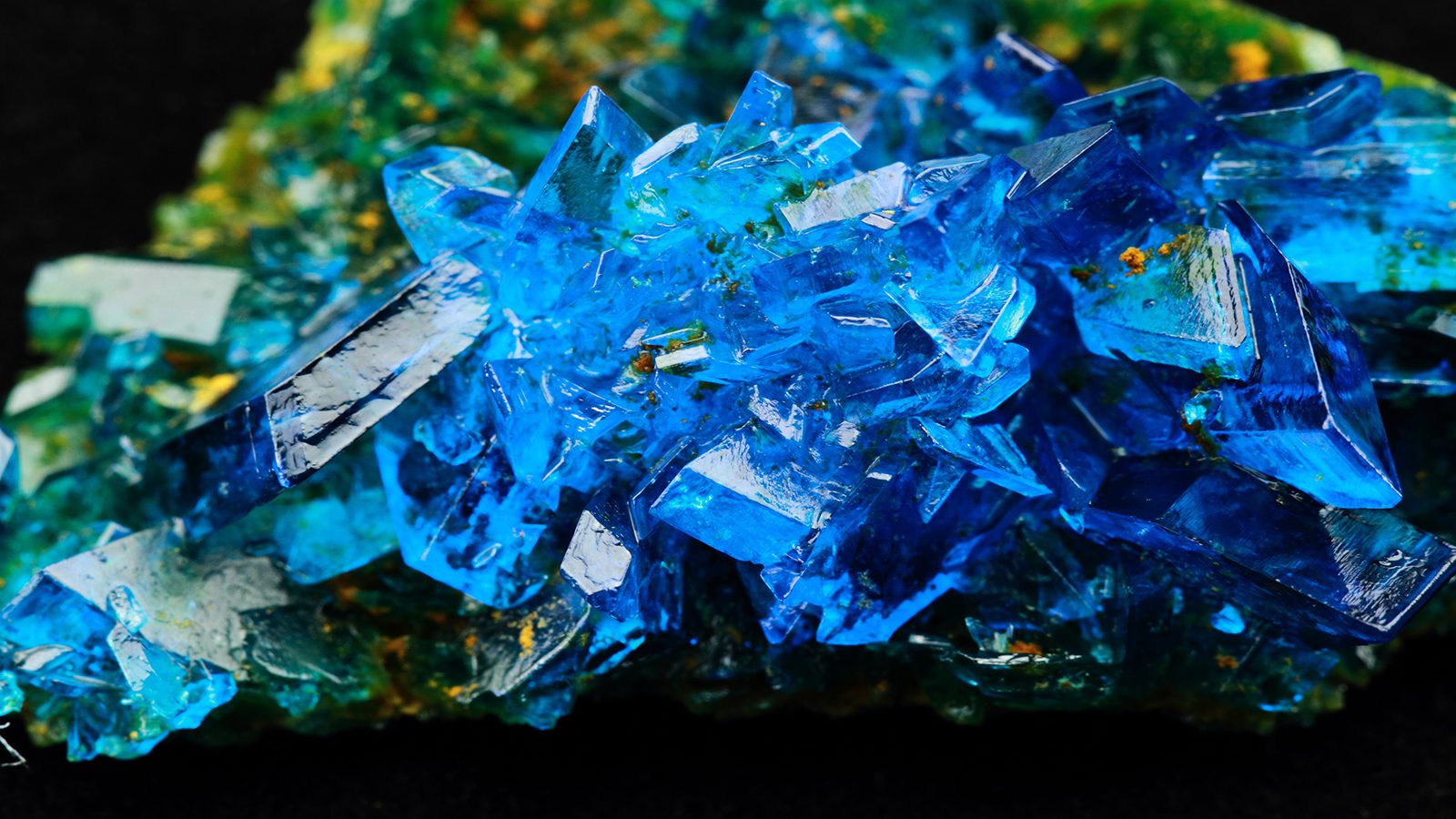A new study by University of Arizona researchers reveals that near-Earth asteroids could contain precious minerals. The iron, cobalt, and nickel present in these asteroids may provide an opportunity to mine them for use on Earth or in space. In their research, the UA team discovered more information about the origins and compositions of these mysterious asteroids.
The research analyzed two metal-rich near-Earth asteroids, or NEAs called 1986 DA and 2016 ED85. The scientists wanted to learn more about what metals they contained and their similarities to meteorites on Earth. The study was published in the Planetary Science Journal.
Scientists believe that the metal-rich NEAs formed during the destruction of developing planets in the solar system’s early history. However, before this study, researchers knew little else about rare asteroids. A team of students co-led by University of Arizona planetary science associate professor Vishnu Reddy studied the two asteroids named above.
They found that their spectral signatures closely resembled asteroid 16 Psyche, the largest metal-rich asteroid in our solar system. Located in the central asteroid belt between the orbits of Mars and Jupiter, scientists first discovered Psyche in 1852. Scientists speculate that Psyche may be the exposed core of a protoplanet – a small celestial body that never reached maturity.
Composed of iron and nickel, scientists believe the asteroid could have incredible treasures worth about $10,000 quadrillion. The possible wealth generated by the asteroid eclipses our global economy – worth $142 trillion – by orders of magnitude.
NASA plans to visit 16 Psyche in 2026 to learn more about its composition and magnetic field. It will mark the first mission to investigate a metallic asteroid rather than a rocky or icy one. Until they launch their mission, scientists believe the two “mini Psyches” could hold vital clues about these metal-rich asteroids.
Study Explains How Near-Earth Asteroids Could Contain Valuable Minerals
“Our analysis shows that both NEAs have surfaces with 85% metal such as iron and nickel and 15% silicate material, which is basically rock,” said lead author Juan Sanchez, who is based at the Planetary Science Institute. “These asteroids are similar to some stony-iron meteorites such as mesosiderites found on Earth.”Astronomers have been fascinated with Psyche and similar asteroids for decades. By studying near-Earth metal-rich asteroids, they aim to identify meteorites that bear a striking resemblance to Psyche. The two near-Earth asteroids identified in the study measure about a mile across.
“We started a compositional survey of the NEA population in 2005, when I was a graduate student, intending to identify and characterize rare NEAs such as these metal-rich asteroids,” said Reddy, principal investigator of the NASA grant that funded the work. “It is rewarding that we have discovered these ‘mini Psyches’ so close to the Earth.”
“For perspective, a 50-meter (164-foot) metallic object similar to the two asteroids we studied created the Meteor Crater in Arizona,” said Adam Battle, a co-author of the paper along with fellow Lunar and Planetary Laboratory graduate students Benjamin Sharkey and Theodore Kareta. David Cantillo, an undergraduate student in the Department of Geosciences, also contributed to the research.
The Potential of Harvesting These Rare Metals and Minerals
The paper also investigated the potential of mining minerals on 1986 DA. It found that the asteroid’s iron, nickel, and cobalt would surpass Earth’s reserves of these rare metals. In fact, scientists estimate that the asteroid may contain a staggering $11.65 trillion worth of minerals. While this pales in comparison to 16 Psyche’s treasure trove, the materials could still prove helpful on Earth or other planets.
The idea of space mining has captured the attention of scientists worldwide because of the potential to colonize other planets. Not only would this expand our understanding of space, but it could also lessen our burden on Earth. By mining minerals from the asteroids, it would also eliminate expensive shuttle trips from Earth to space. Colonizing other planets probably won’t happen in the near future, but it’s an exciting possibility.
The Asteroids Likely Originated in the Same Asteroid Belt as 16 Psyche
When an asteroid gets demolished, it produces an asteroid family – a small cluster of asteroids with similar compositions and orbits. The research team analyzed the compositions and orbital pattern of both 1986 DA and 2016 ED85. In doing this, they determine four potential asteroid families in the outer area of the main asteroid belt.
The largest cluster of small bodies in the inner portion of the solar system resides here. In addition, most of the most significant identified metallic asteroids to date, including 16 Psyche, call this area of outer space home. The asteroid belt is located about 235 million to 309 million miles from the sun.
“We believe that these two ‘mini Psyches’ are probably fragments from a giant metallic asteroid in the main belt, but not 16 Psyche itself,” Cantillo said. “It’s possible that some of the iron and stony-iron meteorites found on Earth could have also come from that region in the solar system too.”
Scientists based their findings on observations from the NASA Infrared Telescope Facility in Hawaii. The NASA Near-Earth Object Observations Program, which also funds the NASA Infrared Telescope Facility, supported the study.
More studies are necessary in the future to determine the exact origins and value of these asteroids. However, the research marks a giant leap forward for humankind.
Final Thoughts: Near-Earth Asteroids Contain Rare Metals Worth Nearly $12 Trillion
As our global population continues to rise, our demand for resources keeps growing as well. We’ll likely have to turn to outer space to mine minerals for raw materials in the future. Luckily, scientists have discovered two near-Earth asteroids that contain vast amounts of iron, cobalt, and nickel. They estimate that the metal reserves on these formations greatly surpass that of Earth.
NASA plans to launch a mission to the largest metal-rich asteroid in our solar system, 16 Psyche, in 2022. They hope to learn more about the composition of this massive asteroid, valued at an estimated $10,000 quadrillion. Until then, this study on the two near-Earth asteroids provides excellent insight into the vast resources in our cosmic backyard.
















 Community
Community

